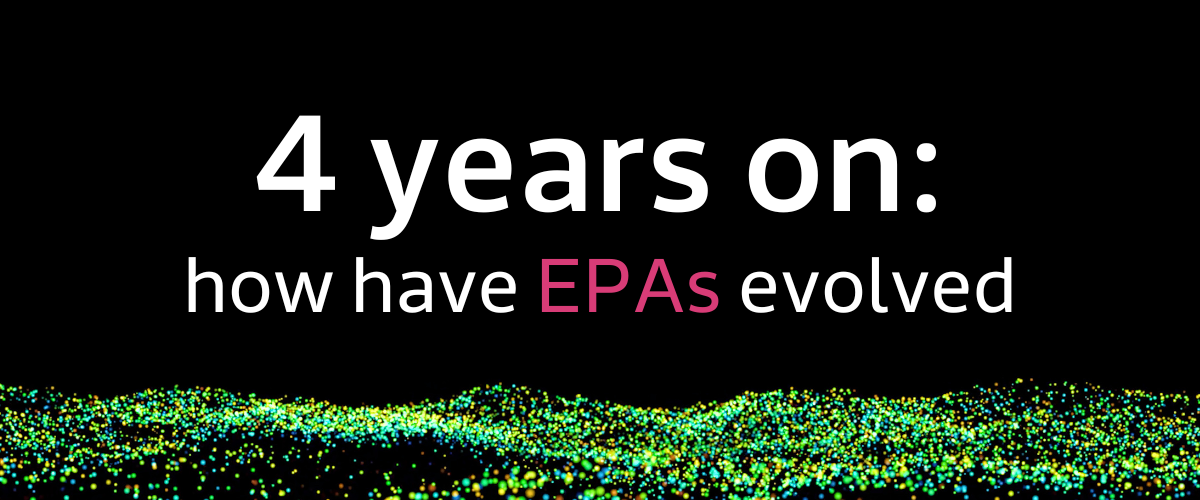No system is perfect straight from the start. It’s why apprenticeships have changed throughout the centuries, and the end point assessment is no exception. As standards have evolved to include more (or less) employer involvement, the way EPAs are implemented have changed too.
So, how has the end point assessment changed since the beginning?
Why did the system change?
When the end point assessment was introduced, the whole apprenticeship ecosystem changed. From qualification-based frameworks to occupation-focused standards, the task of an end point assessment is to discover if the apprentice has the skills to do the role at hand, not just get a certificate.
Through this change, it created a question: how can we manage all these apprentices and their continuous stream of evidence?
End point Assessment Organisation boom
Since the introduction of standards and EPAs, the sector has seen substantial growth. The number of independent EPAOs grew from 181 in 2018 to 285 - an explosion of 73%.
With more choice than ever before, educational providers had no shortage of management organisations to partner with.
The impact of Covid
The pandemic is a source of turbulence we cannot ignore. The shutdown of many workplaces made in-person assessment almost impossible.
This presented many challenges, like technology. Some apprentices required specialised tech to showcase their abilities and pass. Others needed laptops in order for them to connect remotely. If the apprentice did not have the tech they needed, then the assessment couldn’t take place remotely.
Some apprentices were able to take short breaks in their learning if their classroom provision and workplace were closed, and a remote assessment was unable to take place.
We won’t know the impact of the end point assessment’s adaptation to the sudden change for a few years, however, the one thing it has shown is the hunger for apprenticeships was still there, and that there were opportunities for new businesses to get involved.
Commitment in principle
As more businesses saw the chance to provide education, they took it. The amount of variety in standards is promising, with more introduced as the window for applications opened. However, this opens the door for saturation in the market and unnecessary duplications of standards.
Many were right to have these concerns.
Data showed that not every new standard was as popular as employer demand said it should be, so a new rule in 2021 was introduced to ensure the need was there before parting with funding. That rule included the confirmation of an EPA Organisation to carry out the assessments.
So no EPAO, no new standard.
Getting back to normal
In a recent speech, the Chief Regulator of Ofqual stated that she intends to support apprentices through 2023, as well as see grading return to a sense of pre-pandemic normalcy. However, there will be protections as the apprentices will have spent the majority of their learning time either in lockdowns or feeling the effects of COVID.
EPAs in 2023 and beyond
Since the implementation of standards in 2018, the landscape in which they live now is dramatically different. From total reliance on online tech to the threat of oversaturation, this style of learning has managed to endure.
The world of education is always evolving, and at Skilltech, we’ve got our eyes on the future to see where the next change will come.
